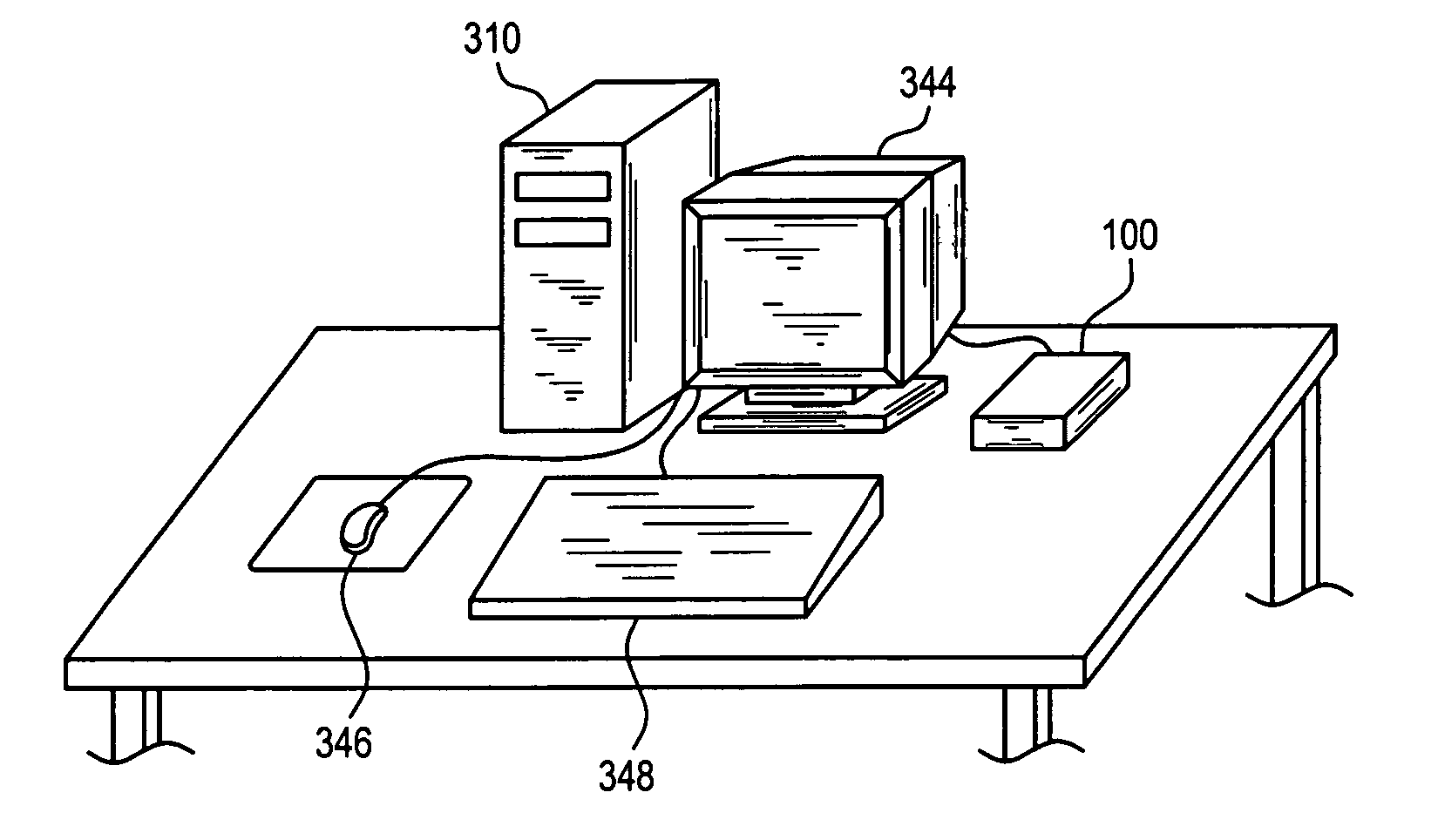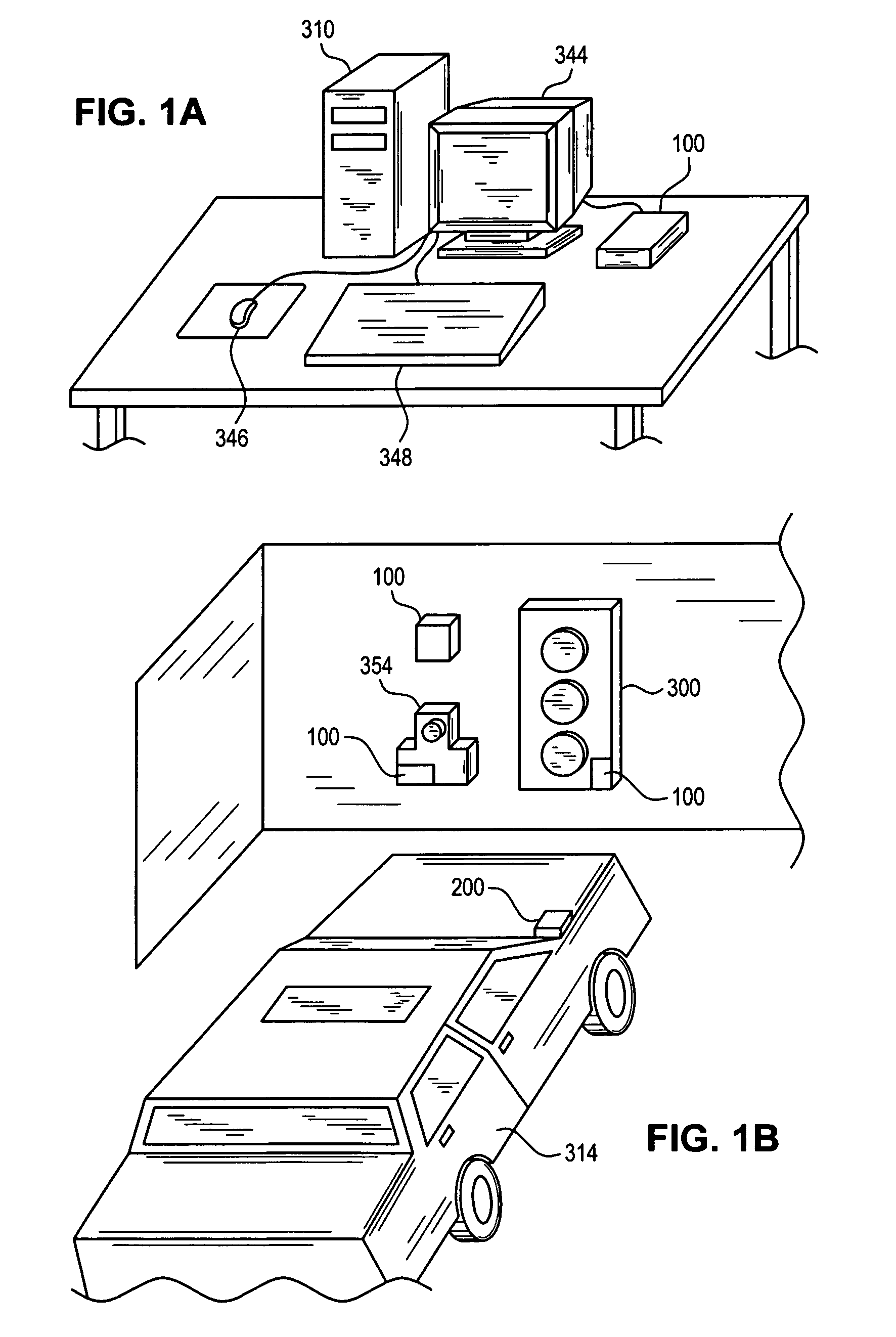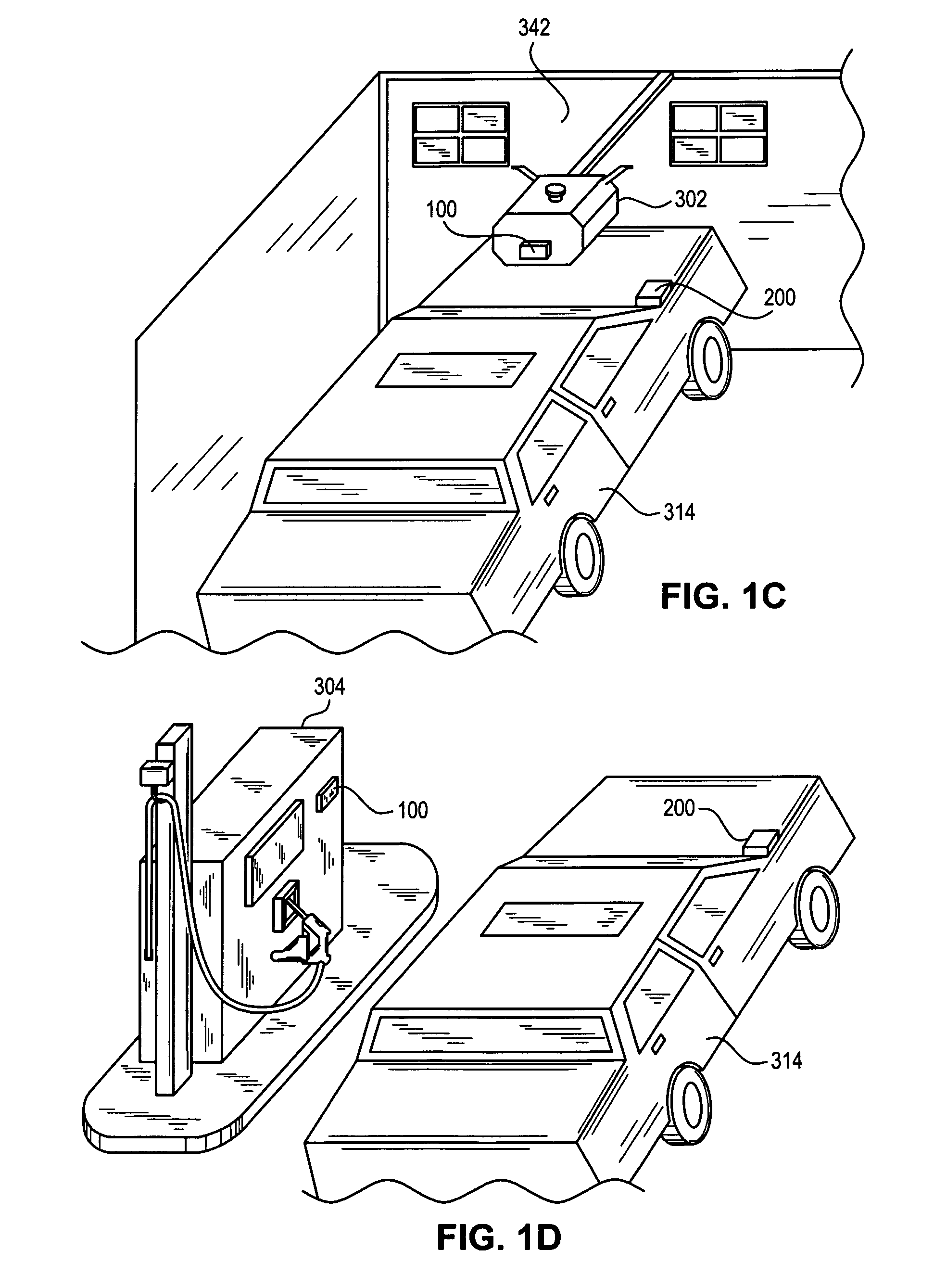Trucks and automobiles have become increasingly more complex with the advent of engine control systems.
Even with the advances in engine control systems it can still be difficult for anyone but a mechanic with special
diagnostic equipment to obtain and view the engine performance data and or other engine
control system settings.
In addition, such engine
control system data may only be accessible from a repair or service center location and can not typically be monitored, viewed, or altered while the vehicle is in motion or in operation on the open roadway.
The inability to access and analyze engine performance data while a vehicle is in motion or in operation on an open roadway can prevent accurate engine performance analysis and or part failure prediction.
The inability to accurately predict when engine problems may arise can cause the vehicle to become disabled while in between a point of origin and a desired destination.
When a vehicle becomes disabled before reaching a desired destination the user of the vehicle and other occupants in the vehicle can find themselves stranded.
Once stranded the user and occupants of the disabled vehicle may not know where or who to call for help, service, or for vehicle repairs.
In addition, the inability to diagnose and repair even the simplest of vehicle problems on the side of a roadway can result in travel delays and expense in
towing the vehicle to a
repair site or service center location where repairs to the vehicle can be effectuated.
As more and more people take to the roadways in their vehicles for travel the chance of being stranded in unfamiliar areas increases.
These virtual online auto part web sites or portals can be convenient to visit and use from the comfort of one's own home
personal computer (PC) or office PC, but can be difficult to utilize when stranded on the side of a road, or when stranded in an unfamiliar area.
However, such locations can have little to offer and can be difficult to utilize when stranded on the side of a road, or when stranded in an unfamiliar area.
Another issue with virtual online stores and physical auto part stores can be that a customer may not be skilled in the art of vehicle repair or may not have access to pertinent vehicle information necessary for the correct selection of a replacement part.
In addition, auto part stores can find themselves in the awkward position of having to dispense advice and help customers with access to limited vehicle knowledge or incomplete information.
In the case of physical auto part stores an employee can lack the resources or time to aid a customer in diagnosing vehicle problems.
Even in a case where an online customer
service department, or an employee tries to assist a customer in diagnosing a vehicle problem the lack of easily obtainable engine performance data or other vehicle operational data could prevent a correct and accurate diagnosis.
Whether a customer chooses to do business at a virtual online store or at a physical store location an incorrect or inaccurate diagnosis can lead to additional problems.
Additional problems can include purchase and installation of a part that is incorrect, installation of a part that won't fix the problem, introduction of a new engine problem
resultant from the use of an incorrect part, and or a dissatisfied customer's need or desire to return the incorrect part for credit or replacement.
However, car manufacturers do not accept and or maintain vehicle engine control
system data over
the Internet.
In addition, car manufacturers do not regularly data communicate with their vehicle engine control systems.
As such the users, and owners of these vehicles typically do not receive timely engine control
system firmware updates, engine performance updates, maintenance information, vehicle information, timely online vehicle or engine service warnings, or other timely online vehicle information or updates.
The inability of online virtual auto part web sites or portal stores, physical auto part stores, and vehicle manufacturers to monitor engine performance data can result in lost sales and lost business opportunities.
Lost sales and business opportunities can occur as a result of not anticipating service needs, or accurately diagnosing engine problems.
Lost business opportunities can also result from the inability to uniquely identify a vehicle and or the vehicle's owner.
Online virtual auto part web sites or portal stores, physical auto part stores, and vehicle manufacturers can also lose sales and business opportunities by not maximizing Internet related business opportunities.
Such deficiencies can include the inability to data communicate telemetry data and stored
system data within a vehicle's engine control system to
the Internet and or Internet based data processing resources.
In addition, the inability of auto part retailers and vehicle manufacturers to dynamically tie inventory and part databases to real time vehicle telemetry and metric data can result in lost sales and lost business opportunities.
Other deficiencies can include the inability of online and physical auto part stores to augment there existing part databases, and data processing resources.
Such auto part store databases and data processing resource deficiencies can include a lack of support for monitoring and evaluating vehicle engine performance data and other vehicle data, the inability to use engine performance data to aid customers in accurately diagnosing vehicle problems, and selecting correct replacement parts.
Other deficiencies can include the inability to remotely anticipate vehicle and customer service needs, and vehicle requirements based in part on vehicle telemetry and metric data.
Furthermore, the inability to uniquely identify and data communicate with a specific vehicle can prevent or limit
customer support and other business opportunities.
 Login to View More
Login to View More  Login to View More
Login to View More 


